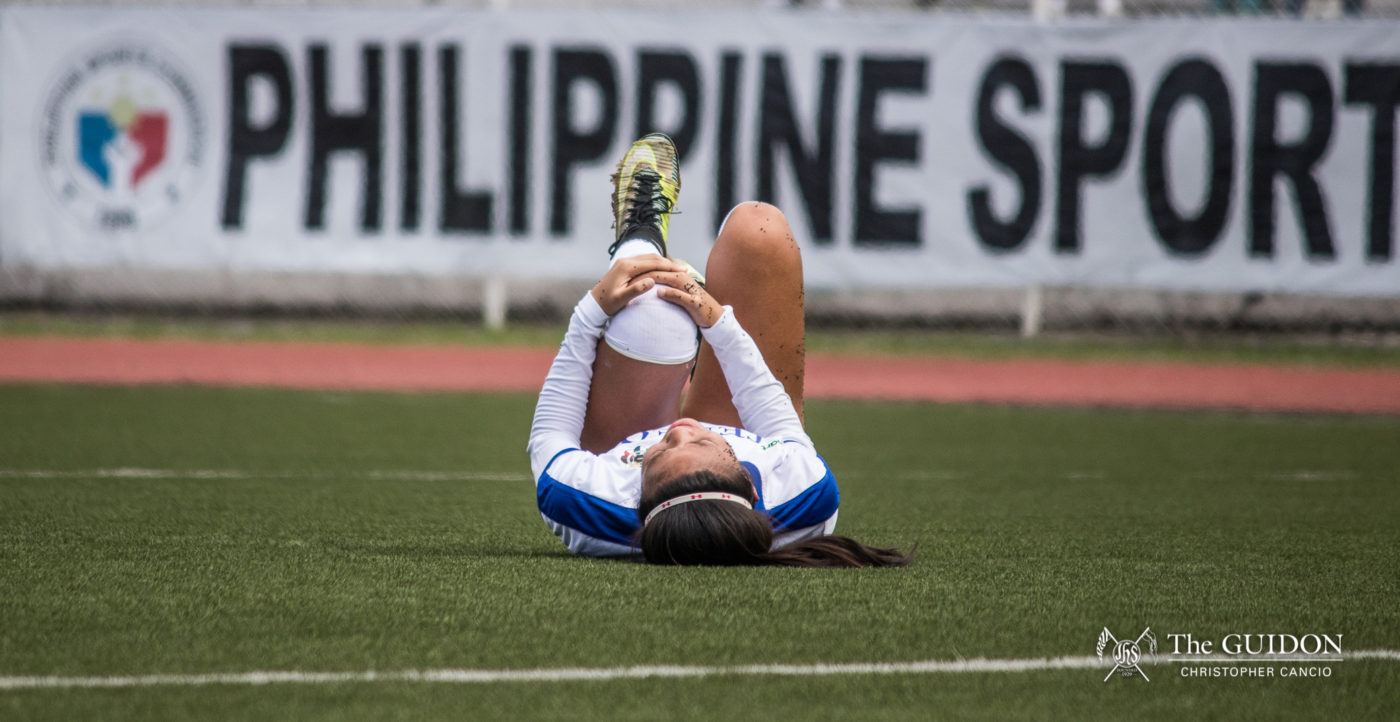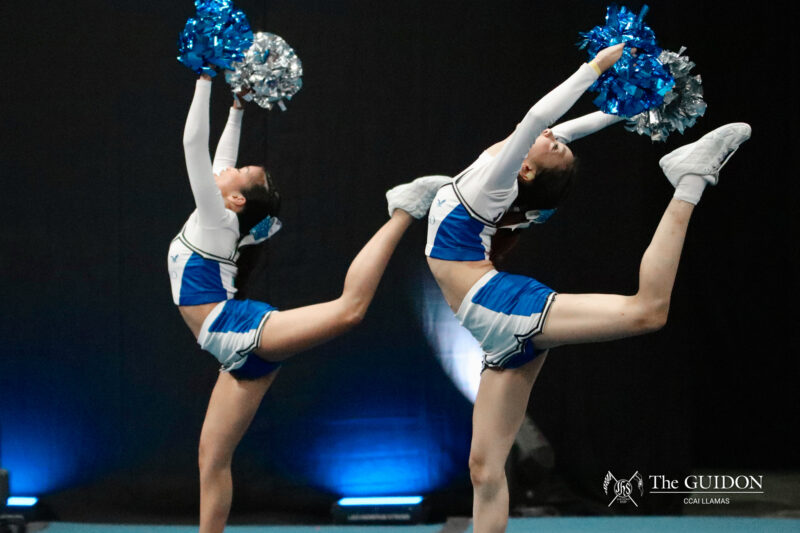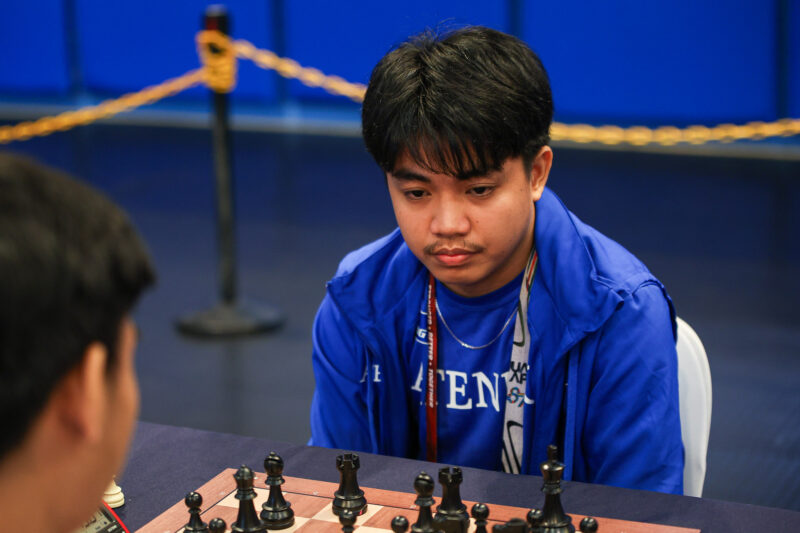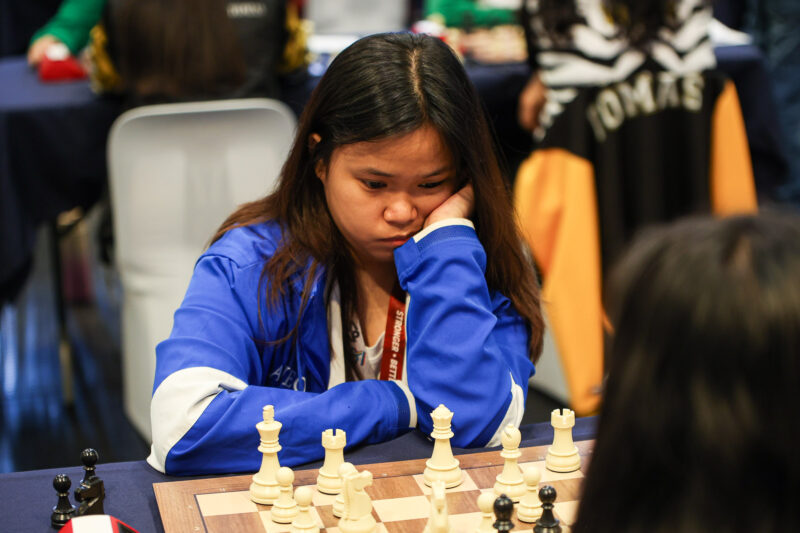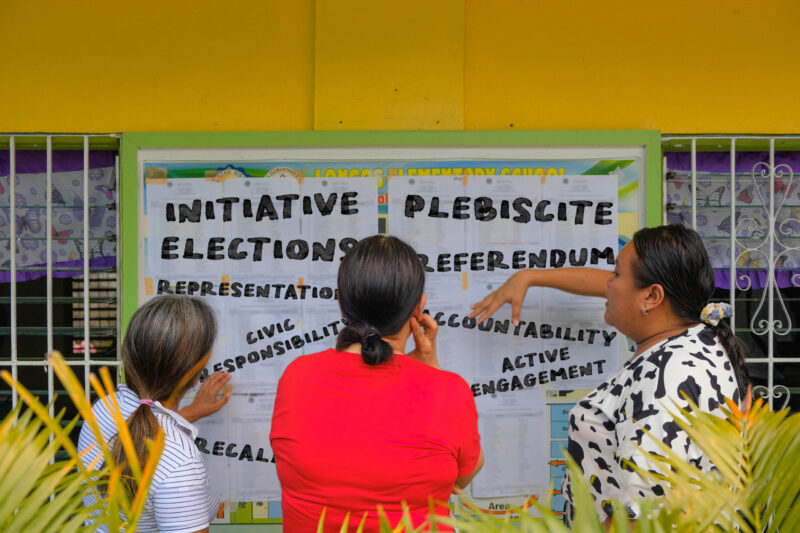ATHLETES ARE no strangers to the potential impact an Anterior Cruciate Ligament (ACL) tear may have on their athletic careers, and a study found that females are more at risk of suffering this injury. This statistic holds true for Ateneo’s athletes according to Orthopaedic and Sports Medicine Specialist Dr. Randolph Molo, who recalled how four Ateneo Women’s Football Team players were sidelined in 2019 after each sustaining an ACL tear.
Given the increasing cases of female athletes suffering ACL tears in the University, Ateneo can look to further precautionary measures in order to hinder such injuries. These measures may come in the form of conducting baseline assessments, as well as reinforcing conditioning programs catered to strengthening vulnerable areas of the body.
Analyzing the anatomy
Before considering precautions to prevent an ACL tear, it is important to understand the factors that make females more prone to contracting this injury. In human anatomy, the ACL links the thigh bone and shinbone together. According to Orthopaedic Surgeon Dr. Edgar “Doc Gar” Eufemio, the ligament is responsible for providing knee stability during lateral and pivotal movements.
ACL tears may occur due to a variety of factors: A faulty movement, genetic bone structure, or the nature of the sport being played. In most cases, this injury occurs when the ligament is severed or sprained due to a poor landing, the hyperextension of the knee, or even a sudden sidestep. Since the injury is a result of abrupt movements, ruptures in the ACL are more commonly observed in sports such as basketball or football as opposed to sports with sustained movements like swimming. Additionally, the chances for the ACL to tear are also dependent on an athlete’s genetic background, since genetics predetermine bone structure and injury susceptibility.
Apart from these factors, Eufemio noted that there are anatomical differences between male and female athletes which make the latter more susceptible to ACL tears. On one hand, males are usually bow-legged, with their knees curved opposite each other; meanwhile, females have the tendency to be knock-kneed, meaning that their knees curve toward each other. This closer proximity between the knees makes it more difficult for knock-kneed athletes to perform lateral movements, which exacerbates their risk of injury. Additionally, Eufemio mentioned that females are more likely to have disparate strength in their quadriceps and hamstrings—thereby overexerting the push and pull motions of the knee and increasing the likelihood of ACL ruptures.
Careful reconstruction
While ACL tears are linked to differences in anatomical structure and genetic makeup, these uncontrollable variables can result in career-ending injuries for athletes. An ACL injury has the potential to derail the career of any athlete on any level of play, and the rehabilitation process for the injury will sideline the athlete for months at the very least.
Testament to this is Ateneo Blue Babble Battalion’s Gillian Madrid, who suffered an ACL tear months before the intended University Athletic Association of the Philippines Season 82 campaign after a wrong dismount in pre-season training. According to Madrid, she only felt “intense pain” the morning after the incident, and immediately sought medical assistance. Determined to recover, she religiously carried out her rehabilitation plan with the assistance of her team’s strength coach, Moriel Baligad.
Through programs and strengthening exercises, Baligad employed these methods and added additional supplementary exercises aimed at restabilizing and restrengthening Madrid’s knee. Provided with this program, Madrid stuck to her physical therapy from January of 2020 until the suspension of face-to-face classes in March 2020.
As she endured her nine months of rehabilitation, Madrid cites the environments she was exposed to at home and in the University as being crucial to her recovery process. Integral to her recovery was the great support system provided by her family and teammates—which contributed to Madrid’s eventual clearance a month before her estimated date of return. Throughout her experience with a debilitating ACL tear, Madrid recognized the importance of putting her recovery first despite her desire to return to the hardcourt.
“There is an overall need of finding a balance between the mindset of being an athlete and recovering, as well as being a human and knowing your limits,” she mentioned.
Long term planning
From diagnosis to post-operative rehabilitation, the University continues to provide its athletes with medical assistance for injuries incurred during Ateneo-related activities—such as training sessions and official matches. However, despite the quality post-injury care Madrid received, her grueling experience could have been avoided if there were more appropriate preventative measures in place. According to Molo, baseline assessments, muscle-specific strength, and conditioning programs are critical in preventing ACL tears from occurring.
Baseline assessments are a set of simple exercises done as early as the beginning of the year to assess key areas for athletes to focus on. These evaluations allow coaches and physical therapists to prescribe preventive and supplementary exercises that target the areas of the body that are more prone to injury. For example, strength and conditioning programs utilizing suspension and landing drills can cater to increasing mobility of knock-knees or dealing with disparate thigh muscle strength.
Addressing the increase of ACL related injuries in female athletes involves acknowledging the gaps that women have to overcome in order to formulate equitable solutions and prevent the problem at its root. Through reassessment of the biological and external factors that make female athletes more susceptible to ACL injuries, sports teams obtain more information to help them better care for their athletes. By being one step ahead, the risk of ACL tears and even other physical impairments decreases, protecting athletes even before they get hurt.
ERRATUM: A previous version of this article erroneously cited Coach Moriel Baligad as a conditioning coach under the MLSMU. The article has since been edited accordingly. We apologize for the oversight.

